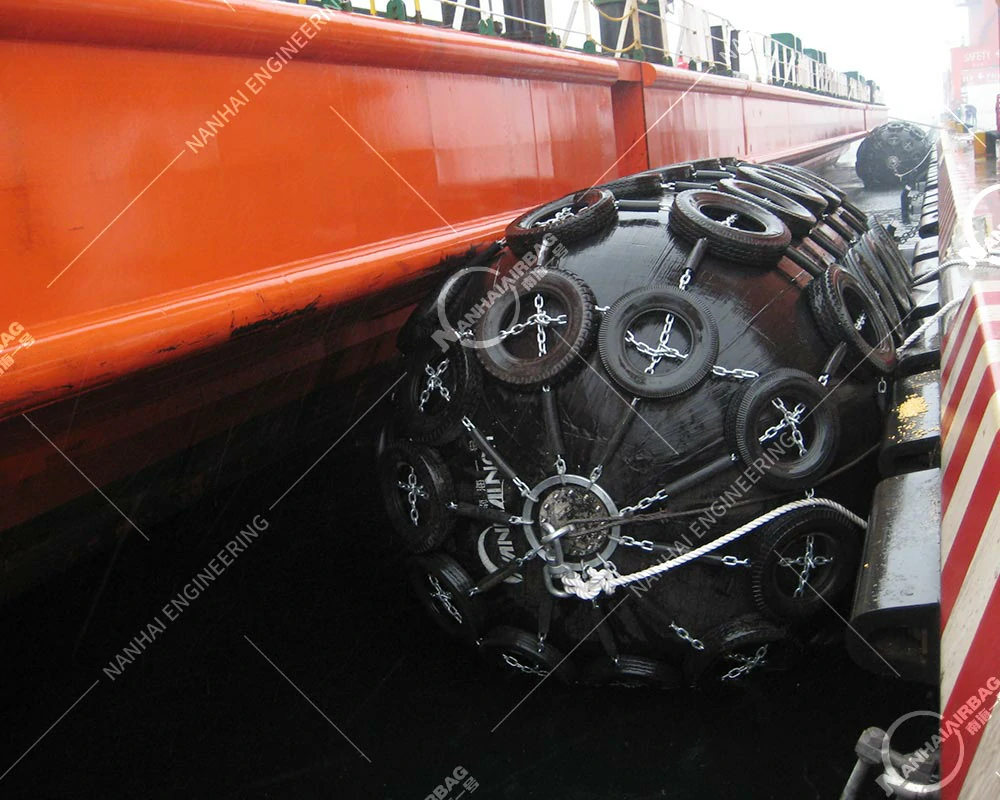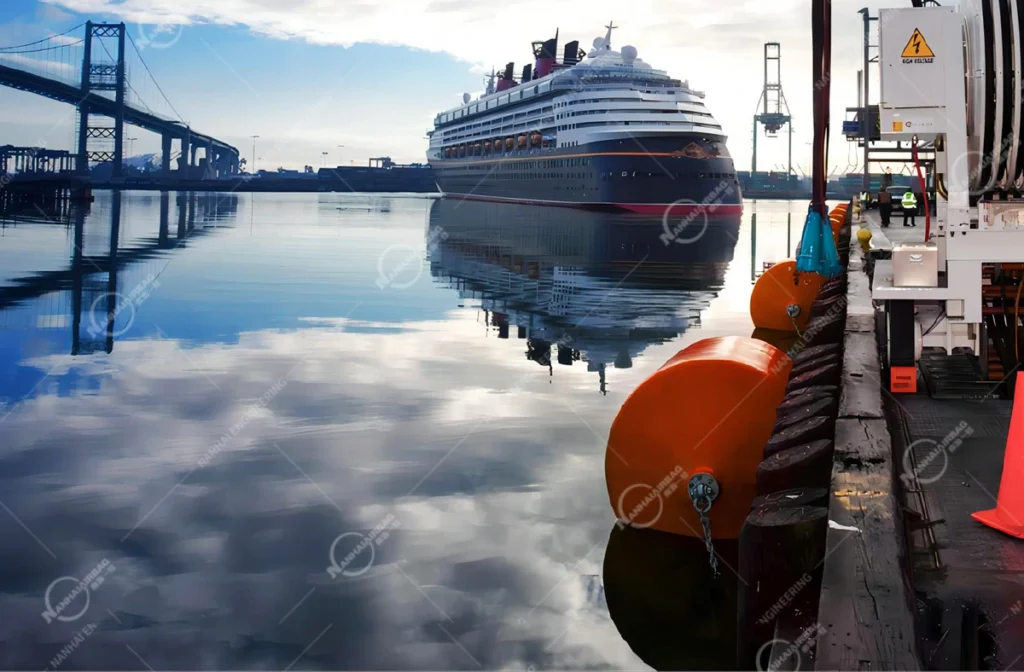D Rubber Fenders: The Heavy-Duty Guardians of Maritime Safety
27/05/2025Why Every Boat Owner Needs a D-Fender (Marine Fenders) for Maximum Protection
04/06/2025


Imagine a cargo ship the size of a skyscraper drifting into a bustling harbor. Without proper protection, the collision could destroy docks, sink smaller boats, or spill oil into pristine waters. Enter floating fenders—the adaptable, high-tech barriers designed to absorb impacts and keep ports and ships safe. Let’s explore why these floating shields are revolutionizing marine safety.
🔥 Featured Snippet Alert: What Are Floating Fenders?
Floating fenders are buoyant marine barriers made from durable rubber or composite materials. Unlike fixed structures, they float on water, adjusting to ship movements during docking or collisions. Commonly used in ports, marinas, and offshore terminals, they’re praised for their versatility and shock-absorbing power.
Why This Matters: When Ports Need Floating Fenders Now
Picture this: A tugboat drifts sideways into a marina in Miami, colliding with a dock. Without floating fenders, the impact shatters wooden pilings, floods nearby businesses, and costs $500k in repairs. Here’s why this is urgent:
- Real-World Damage: In 2021, a cargo ship collided with an unprotected pier in New York Harbor, causing a 72-hour shutdown and $12M in damages.
- Environmental Threats: Hard impacts often rupture fuel tanks, spilling oil and harming marine life.
- Rising Ship Sizes: Mega-ships (over 20,000 tons) require flexible protection that rigid fenders can’t provide.
Ports handling large vessels need floating fenders to prevent disasters.
🚢 How Do Floating Fenders Work?
Think of them as water-based shock absorbers. When a ship docks, the fender floats alongside it, compressing and deforming to dissipate energy. This prevents:
- Cracked Docks: No more expensive repairs from repeated collisions.
- Hull Damage: Protects ships from costly scrapes.
- Downtime: Keeps ports operational even in rough weather.
Pro Tip: Pair them with mooring lines for optimal stability!
🌟 Why Floating Fenders Outperform Traditional Options
While marine rubber fenders work for light impacts, floating fenders excel in dynamic environments:
- Adaptability: Adjust to waves, tides, and vessel movement.
- Space Efficiency: Ideal for crowded harbors or narrow waterways.
- Durability: Resist saltwater corrosion, UV rays, and extreme temperatures.
Example: The Port of Rotterdam uses floating fenders to handle massive container ships and cruise liners year-round.
🌊 Where Are Floating Fenders Used?
- Commercial Ports: For cruise ships, tankers, and cargo vessels.
- Marinas: Protecting yachts and ferries in tight spaces.
- Offshore Platforms: Safeguarding rigs from vessel collisions.
💡 Top Benefits of Floating Fenders
- Save $1M+ Per Collision: Prevent one accident and avoid massive repair bills.
- Eco-Friendly: Reduce fuel spill risks by up to 90%.
- Low Maintenance: Built to last 15+ years with minimal upkeep.
🔍 People Also Ask (Related Questions)
- “How are floating fenders different from marine rubber fenders?”
Floating fenders are buoyant and adjust to water movement, while traditional marine rubber fenders are fixed or rigid. - “What’s the best material for floating fenders?”
High-density rubber or composite materials offer the best balance of durability and flexibility. - “Can floating fenders work in rough seas?”
Yes! Their design allows them to stabilize ships even in choppy waters. - “Are floating fenders cost-effective?”
Absolutely—they prevent costly collisions and last decades with proper care.
🛠️ Ready to Upgrade Your Port’s Safety?
Floating fenders aren’t just an upgrade—they’re a necessity for modern ports. Whether you’re managing a busy commercial hub or a private marina, these barriers save lives, money, and the environment.
Need help choosing the right solution? Ask our experts below! 👇
